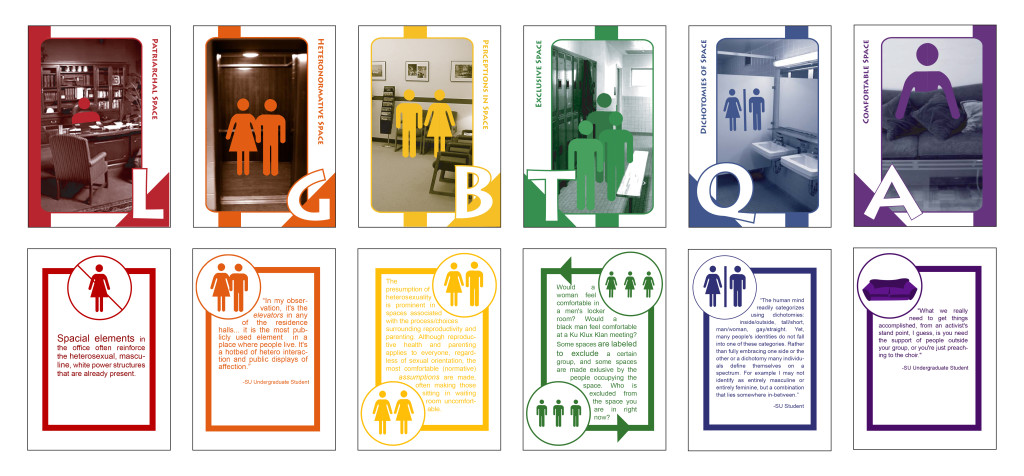These posters and buttons honor the impact Central New York, especially communities along the Erie Canal, had on history of suffrage and voting rights in New York and the United Sates.. The posters were made in conjunction with the 2016 AIGA Get Out the Vote initiative and were a part of the exhibition I co-organized, as a board member of the Upstate New York chapter of AIGA, at the Wesleyan Chapel at the Women’s Rights National Historical Park in Seneca Falls. The Wesleyan chapel was the site of the first Women’s Rights Convention in 1848. Accompanying the exhibition was a panel presentation I co-organized titled, Populating the Polls: Then and Now.
The buttons included in this project were designed to accompany this project and other voting projects I was working on at the time.

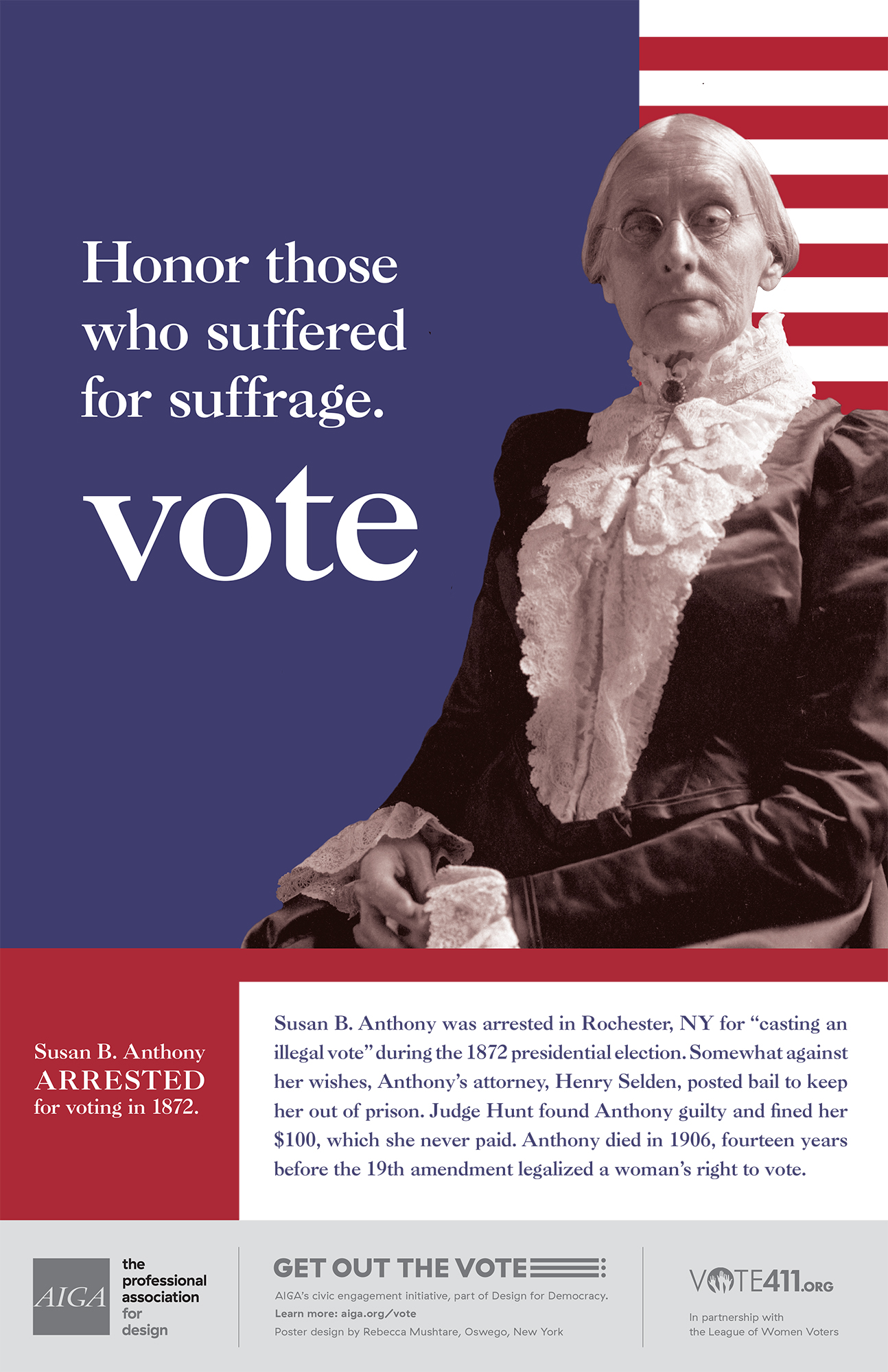



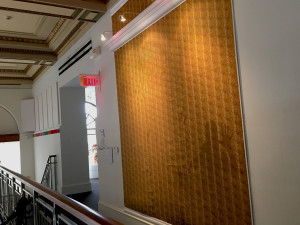



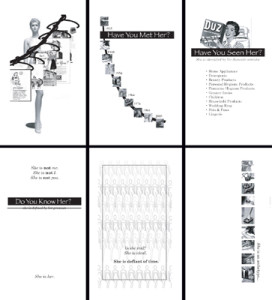

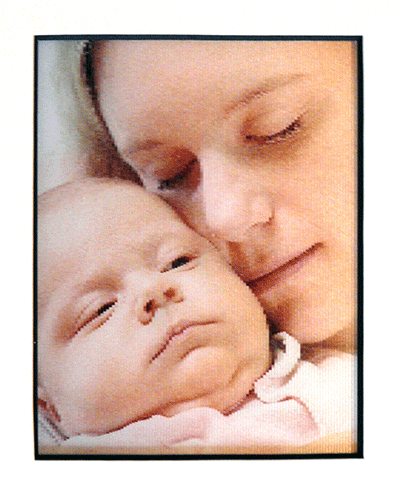
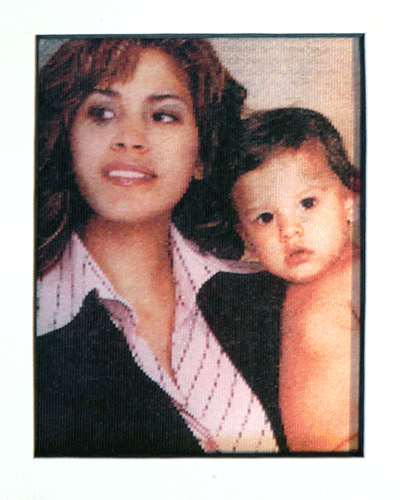

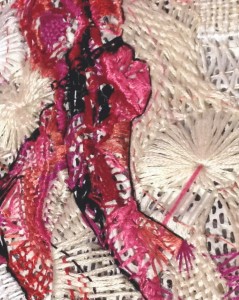
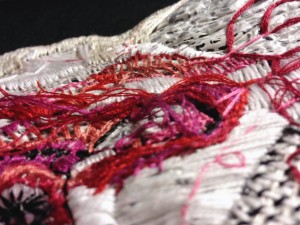
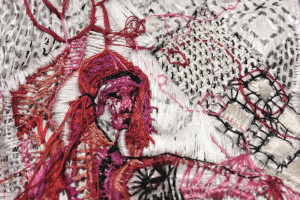
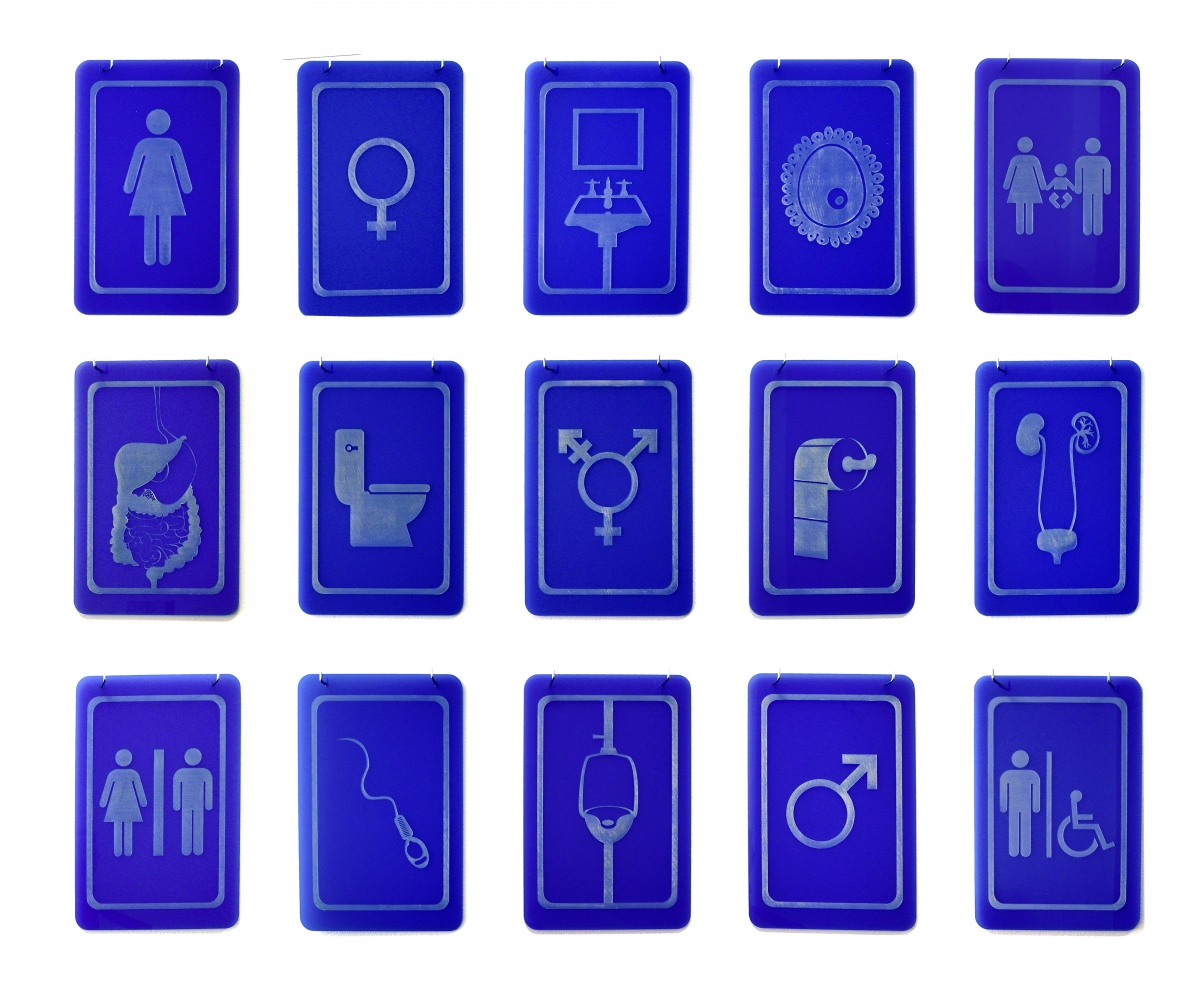

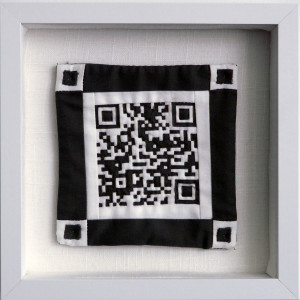
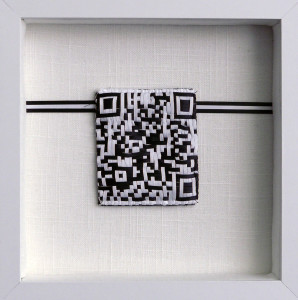
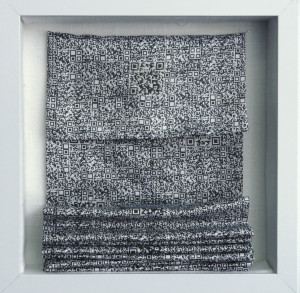
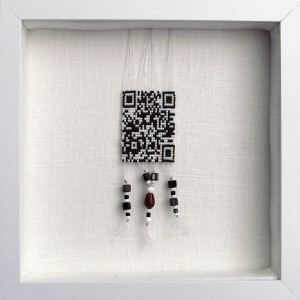

![comfortable spaces Brochure [front, center, back].](http://cyberthread.net/portfolio/wp-content/uploads/2014/06/2005_comfortable_spaces_brochure-1024x635.jpg)
